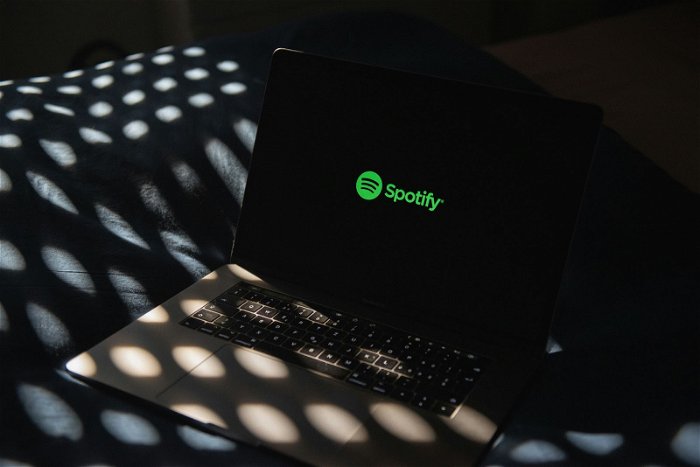Streaming apps are crucial for entertainment, education, and communication today. Thanks to the Internet, these platforms have changed how we access content, making it quickly and easily available from anywhere.
But a critical question emerges for developers and entrepreneurs alike: How much does an app cost? Knowing the streaming app development cost is important. The price can vary a lot, depending on the app’s platform, its features’ complexity, and the cost of content rights. We’ll detail these factors to give a better understanding of the financial investment needed to launch a streaming app.
Understanding Streaming Apps
Before discussing the average cost to develop an app, we’ll give a definition of these apps.
Streaming applications are online platforms that deliver multimedia like videos, music, and live broadcasts right to your device using the internet. You don’t need to download anything; you can watch or listen immediately. These apps have changed how we use media, making it easy to get to a huge range of content anytime. They serve various interests, from watching films and learning new things to playing games and chatting. This shows how important they are in our digital lives.
App Classification
Streaming applications can be broadly categorized based on the type of content they deliver. The following table outlines the primary types of streaming applications, which will be discussed in further detail:
| Type of app | Description |
| Video streaming | Platforms offering films, TV programmes, and live broadcasts. |
| Music streaming | Services providing access to songs, albums, and live audio streams. |
| Live broadcasting | Applications focusing on real-time streaming of events and activities. |
| Educational streaming | Platforms offering courses, tutorials, and educational content. |
| Gaming streaming | Services that stream live gaming sessions and eSports competitions. |
Video streaming. Netflix and Amazon Prime Video have changed how we watch TV and films. They offer lots of shows and movies on demand. They have also started making their own shows and movies. This has changed how entertainment is made.
Music streaming. Spotify and Apple Music let you listen to millions of songs. You can find playlists made just for you. They help new artists get discovered. This has changed how we find and listen to music.
Live broadcasting. Twitch and YouTube Live let people stream events as they happen. Viewers can talk to the streamers in real time. This makes watching events more interactive. It’s different from watching it on TV.
Educational streaming. Coursera and Khan Academy offer many online courses. Anyone can learn new things from home. They make high-quality education easy to get. This has opened up learning to more people around the world.
Gaming streaming. Sites like Twitch are for gamers. They stream their games live. Viewers can watch and chat with them. Some gamers have made careers this way. It has changed how we watch and think about games.
The Importance for Content Creators

Source: Thibault Penin. Unsplash
Streaming applications offer numerous advantages to content creators, making them an essential tool in the digital era:
- Global reach. Streaming makes your content available worldwide. It breaks down geographical barriers and expands your audience significantly.
- Engagement and interaction. Live features let you interact with viewers in real time. This direct connection increases loyalty and makes viewers feel more involved.
- Monetisation opportunities. You can earn from ads, subscriptions, and donations. This financial support fuels your content creation and turns your passion into profit.
- Insightful analytics. Analytics show what your audience prefers. This feedback guides your content strategy and helps you create more engaging content.
Developing a Streaming Application
The development of a streaming application involves several critical steps:
| Step | Description |
| Market research and conceptualization | Conduct thorough market research to understand the competitive landscape and audience needs. This step shapes the app’s unique value proposition and guides its overall concept. |
| Design and user experience (UX) | Focus on creating a simple, intuitive, and aesthetically pleasing design. The user experience is paramount for attracting and retaining users, emphasizing the importance of easy navigation and accessibility. |
| Choosing the right technology stack | Selecting an appropriate technology stack is critical for the app’s scalability, security, and performance. The chosen technologies should support high-quality streaming and real-time data processing. |
| Content acquisition and management | Secure content through licensing agreements and set up a content management system (CMS) for easy content upload and management. This step is crucial for apps focusing on video or music streaming. |
| Development and testing | The development phase involves building the app based on design and functionality requirements, followed by rigorous testing to ensure stability and performance. Agile methodologies can be beneficial for iterative improvements. |
| Launch and marketing strategy | Develop a comprehensive marketing strategy to promote the app. This includes leveraging digital marketing channels, creating promotional content, and engaging with potential users to drive initial downloads and engagement. |
| Feedback loop and continuous improvement | Establish a feedback loop with users for continuous improvement. Monitoring user behaviour and collecting feedback are essential for refining the app and introducing new features that meet users’ evolving needs. |
Platform choice. Making your software available on iOS, Android, and the web involves creating multiple versions of the same app. This increases the workload, resulting in increased expenses due to the demand for knowledge across each platform.
Feature complexity. Incorporating standout features such as HD streaming or personalized recommendations based on viewing habits can set your app apart. However, these advanced features require extensive development and testing efforts, stretching your budget further.
Content licensing. If your app streams films, music, or television programmes, you must pay for the rights to this content. The cost can vary widely, depending on the content’s popularity and the geographical location of your users, making budget forecasting challenging.
Customization and branding. Creating an app that uniquely reflects your brand and offers a customized user experience demands additional design and development time. This bespoke work increases your expenditure, as it goes beyond basic setup.
Maintenance and upgrades. The job isn’t finished once your app goes live. To ensure the app remains operational and engaging, ongoing costs for maintenance and periodic updates are necessary. This includes rectifying glitches and adapting the app to keep pace with new technological advancements.
Conclusion
Streaming platforms provide an unmatched opportunity for content creators to access a worldwide audience, interact directly with viewers, and efficiently monetize their content creation.
The question “How much does an app cost?” acts as a guideline throughout the development process. It ensures that every decision made helps to build a value-driven, cost-effective streaming application. To become successful in this dynamic market, you need a combination of creativity, technological expertise, and strategic insight — a challenge that provides enormous benefits for those willing to embrace the potential of the digital age.



